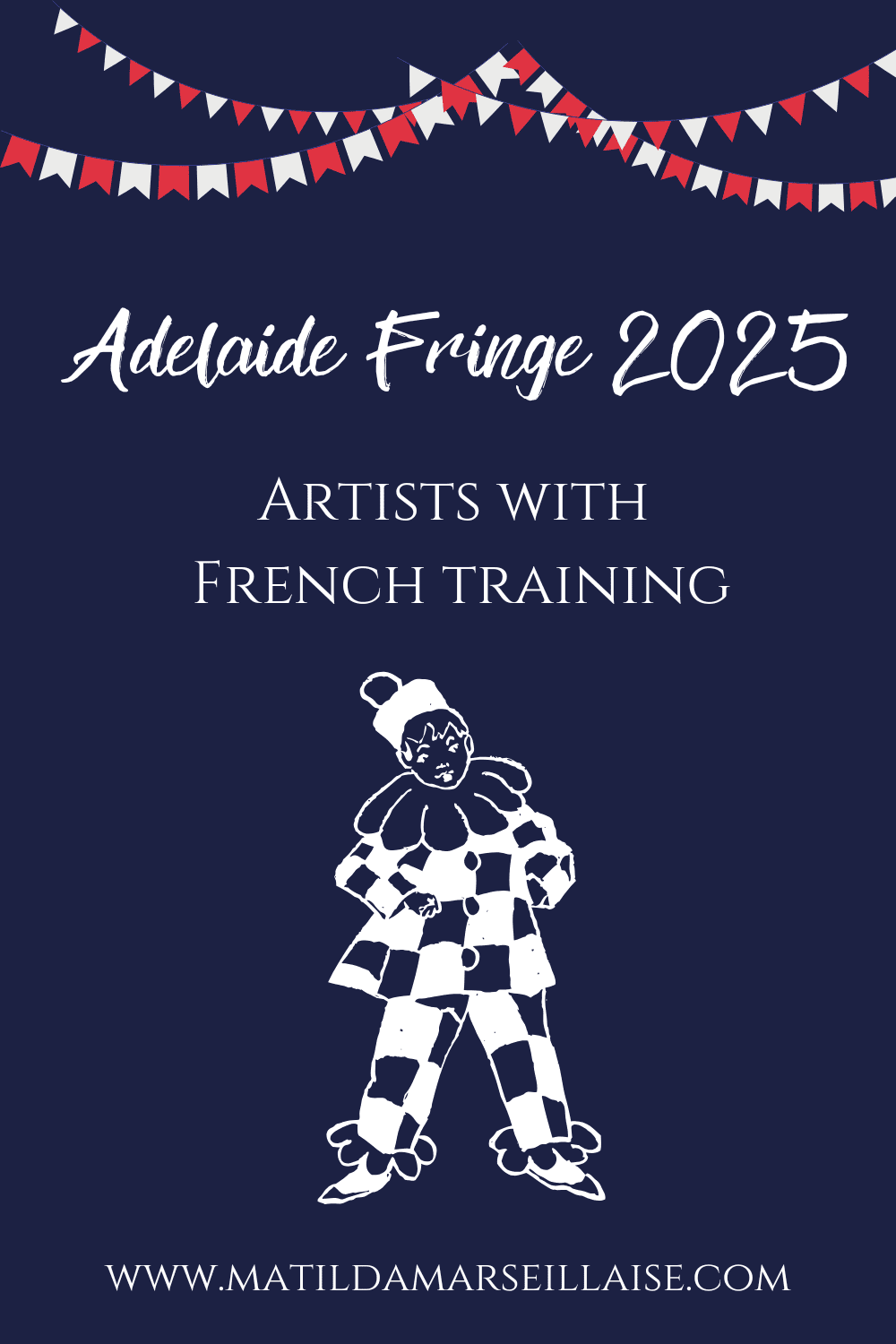If he were still alive today, Charles Perrault would be celebrating his 396th birthday, today, 12th January. Never heard of him? You may be surprised to learn that many of those well-known fairy tales from your childhood were written by him!

Perrault was a great intellect but the works for which he is most famous were published in his 60s.
 In 1697 he published a book named Histoires ou contes du temps passé, avec des moralités: Contes de ma mère l’Oye (Stories or Tales from Times Past, with Morals, with the added title in the frontispiece, Tales of Mother Goose). It contained 8 simple stories, most of which are still told to children around the world today (albeit in different versions).
In 1697 he published a book named Histoires ou contes du temps passé, avec des moralités: Contes de ma mère l’Oye (Stories or Tales from Times Past, with Morals, with the added title in the frontispiece, Tales of Mother Goose). It contained 8 simple stories, most of which are still told to children around the world today (albeit in different versions).
The 8 tales in that book were:
- The Sleeping Beauty in the Wood (La belle au bois dormant)
- Little Red Riding Hood (Le petit chaperon rouge)
- Blue Beard (La Barbe bleüe)
- The Master Cat; or, Puss in Boots (Le Maistre Chat, ou le Chat Botté)
- The Fairies (Les Fées)
- Cinderella; or, The Little Glass Slipper (Cendrillon, ou la petite pantoufle de verre)
- Ricky of the Tuft (Riquet à la Houppe)
- Little Thumb (Le petit Pouçet)
Even some of those fairy tales that you have associated with the Brothers Grimm were first penned by Charles Perrault.
Grimm were first penned by Charles Perrault.
Sleeping Beauty is often associated with the Brothers Grimm but they used the orally transmitted Perrault version for their foundation. That said, Perrault wasn’t the first to create the tale, its earliest version is from between 1330 and 1344 in Perceforest. Other versions were in the Catalan poem Frayre de Joy e Sor de Paser and in Giambattista Basile’s The Penamerone. In Perrault’s original French tale, the prince does not kiss the princess to wake her up.
The Charles Perrault version of Little Red Riding Hood has a far more grim (pun intended) ending than the modern Brothers Grimm version. In his version, Indeed, in Perrault’s version, the girl gets into bed with the wolf and is devoured.
Blue Beard, while first written by Charles Perrault is believed to be based on folklore. Some suggest it a story told to warn children to stay away from the dangerous Baron Gilles de Rais, who was kidnapping and killing children. Others believe it is based on older stories such as Conomor and Triphine and Cupid and Psyche. A third group believe it was a story passed from women to daughters warning them that marriage (and being pregnant) could be lethal.
 Puss in Boots may have been published by Perrault but the trickster cat character existed as far back as 1550-3 in a variant of the story, Constantino Fortunato, in Straparola’s Piacevole notti (Night 2, Fable 1).
Puss in Boots may have been published by Perrault but the trickster cat character existed as far back as 1550-3 in a variant of the story, Constantino Fortunato, in Straparola’s Piacevole notti (Night 2, Fable 1).
Cinderella is a story which Charles Perrault made entirely his own with the fairy godmother, the pumpkin carriage and the glass slipper being his own additions.
Donkey Skin (Peau de l’ane) is a lesser-known fairy tale from Charles Perrault, which is seen less today than in the past due to its overtones. It is considered a close variant of the Cinderella tale as it also featured the persecuted heroine.
You may also be surprised to learn that other well-known fairy tales are French. Beauty and the Beast, begins in 1740 with Madame Gabrielle-Suzanne de Villeneuve, a French writer influenced by the fairy tales written by authors, such as Marie-Catherine d’Aulnoy and Charles Perrault, in the French salons during the earlier part of the century.
However just as details changed from Perrault’s original so they did with Villeneuve’s Beauty and the Beast. Another French writer, Madame Jeanne-Marie Leprince de Beaumont, rewrote the story originally for adults into one for children in 1757. A key difference being the Beast’s nightly question changing from “May I sleep with you tonight?” to “Will you marry me?”
So happy birthday to Charles Perrault, the man responsible for many of the fairy tales we grew up with!
—
What was your favourite fairy tale as a child? Did you know these fairy tales were French?





